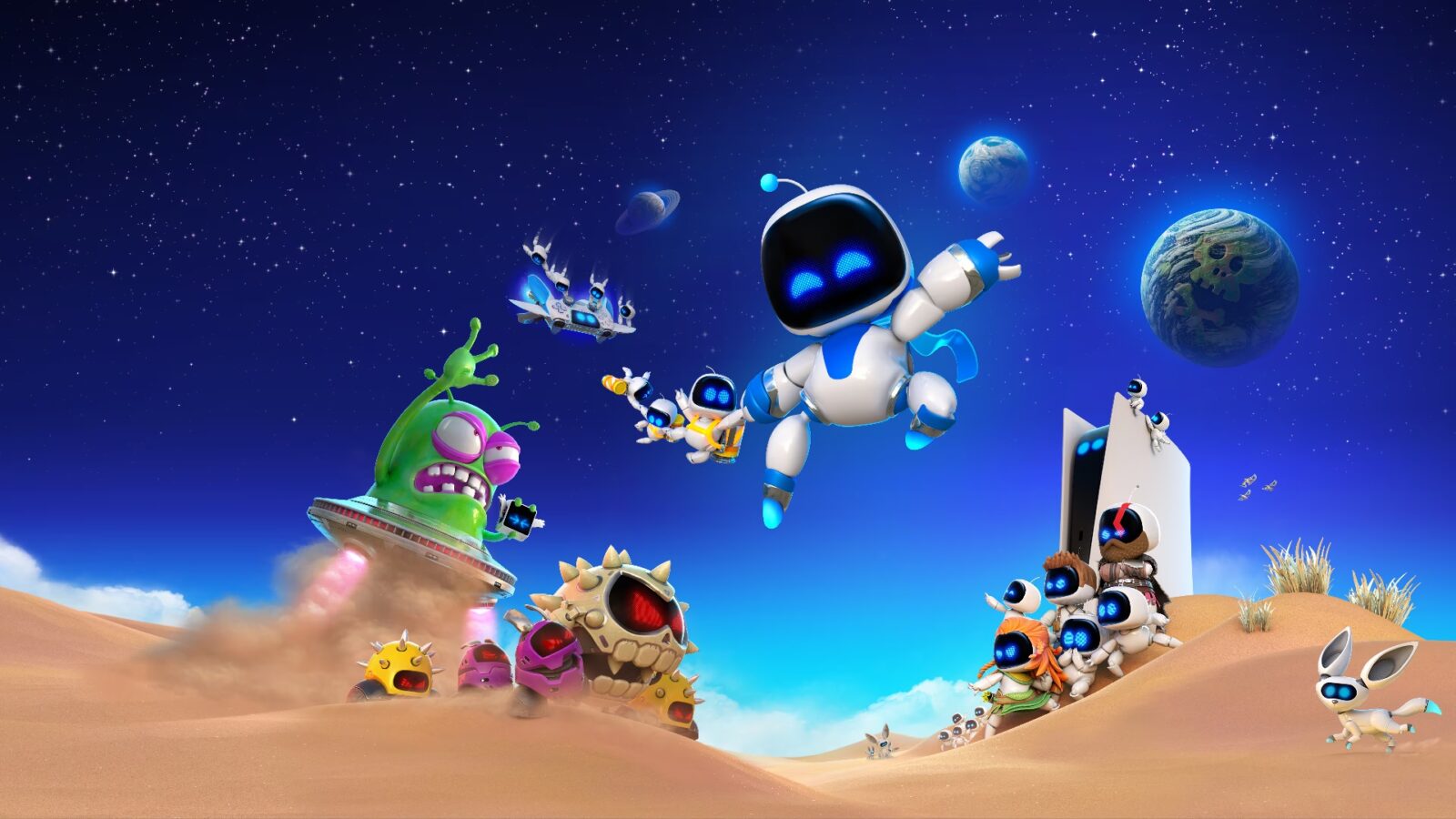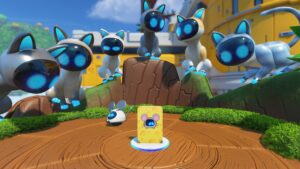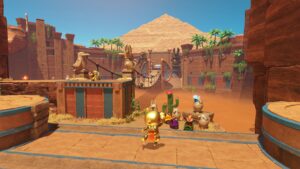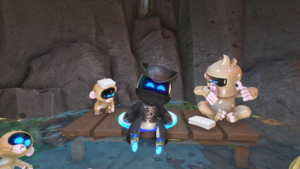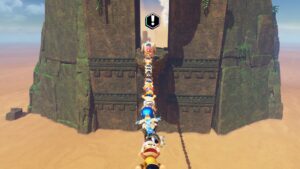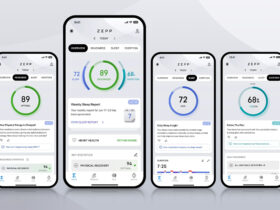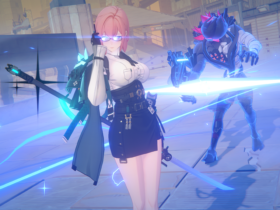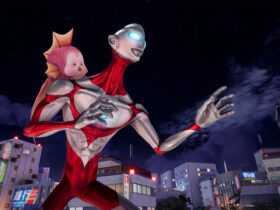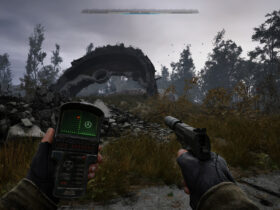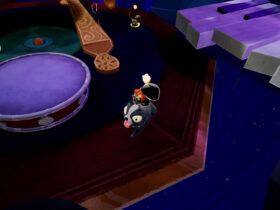The most nostalgic among us will fondly remember that distant era when various video game brands competed to associate their identity with mascots representing them iconically. Klonoa, Bubsy, Captain Commando, Alex Kidd, Gex, and even Crash Bandicoot, Spyro, and Master Chief are all “children” of this strategy aimed at creating a strong sense of recognition. Today, the ethos of those times seems to be revived with Astro Bot, a game by Team Asobi entirely dedicated to the increasingly famous little ambassador robot of Sony PlayStation. This playful and childlike platformer straddles the line between video game, fan service, and self-promotional content, a complex alchemy that the developers have managed to juggle with wit.
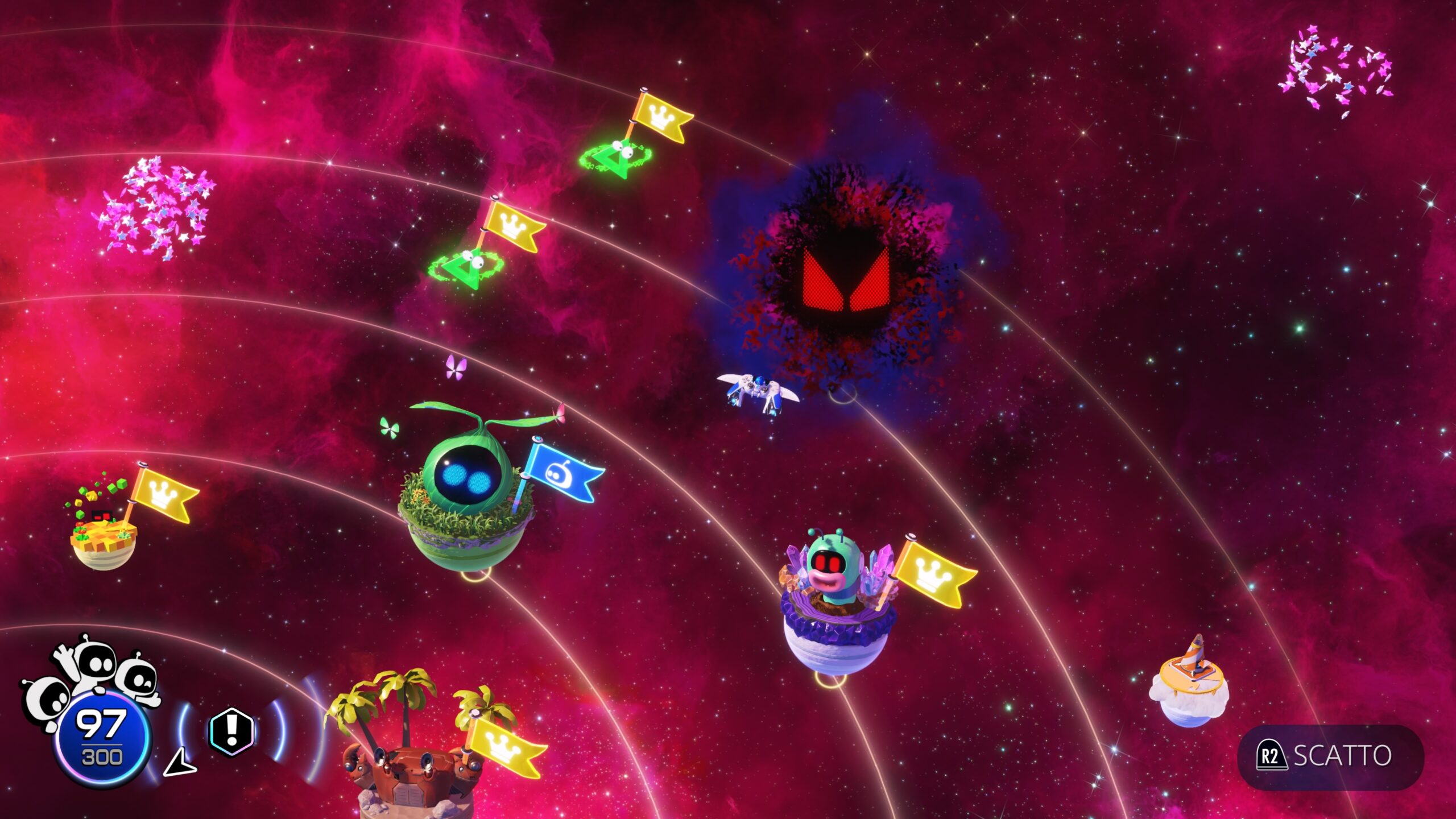
The Past and Present of a Branded Astro Bot
The character of Astro made his debut on PlayStation 4 in a minigame included in The Playroom, subsequently gaining more depth in Robots Rescue, which was contained within The Playroom VR. At that time, the little robot did not yet have a name; he was simply a gameplay-oriented avatar. This “anonymity” was fortunately corrected with the release of Astro Bot Rescue Mission, a virtual reality title where Team Asobi deeply explored the gaming universe that would later become the beating heart of the brand. Despite being loved by fans, Astro’s fate during the PlayStation 4 era was confined to the realm of virtual reality, a limitation that definitely contained its potential.
Things changed in 2020 with the arrival of PlayStation 5. Astro, finally emancipated from the constraints of VR, becoming the symbol of the extraordinary capabilities of the new generation of consoles and the DualSense wireless controller. At that time, the character was indeed placed at the centre of Astro’s Playroom, a free tech demo pre-installed on all PlayStation 5 consoles. This thoughtful inclusion allowed all players to become familiar with the charming mascot and appreciate its irresistible cuteness.
With the game Astro Bot, the little robot experiences a sort of “soft reboot” that allows him to replicate some themes and subjects already tackled in Astro Bot Rescue Mission. This assurance has provided Team Asobi with the peace of mind needed to further explore the brand’s possibilities; however, it appears that the artistic direction of Nicolas Doucet has aimed for “more” rather than “better,” which somewhat frustrates the artistic opportunity that the title could have provided.
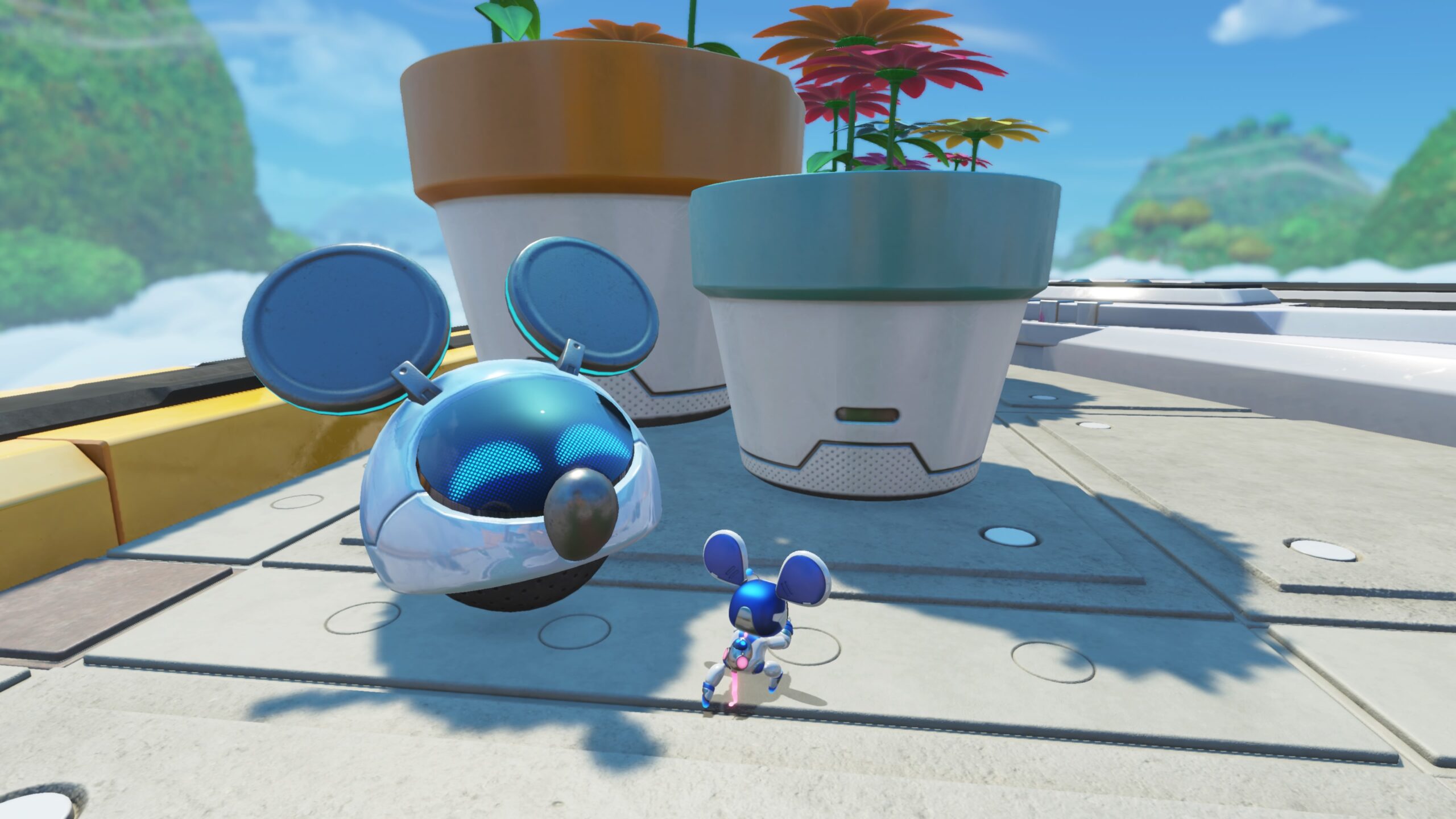
A New Beginning for Sony’s Little Robot
There’s no better way to put it: Astro Bot is exquisite. Exquisite in the sense that its design is meticulous, adhering perfectly to the high standards of detail that Sony demands from all productions specifically designed for PlayStation. The already lovable protagonist is enhanced by environments that harmonize with his aesthetics. Everything is colourful, rounded, glossy, and smooth. Even the darkest levels—those inspired by horror themes—are full of life and extremely dynamic, factors which are further supported by the constant presence of surrounding elements that are ironic and light-hearted.
The individual stages, while linear, are vibrant and full of details, rich with objects to interact with, even if just for the pleasure of seeing how they react to the different commands imposed by users. The DualSense is masterfully utilized to give a tangible presence to the elements on screen: the sound feedback from the controller’s internal speakers, the tactile response simulated by vibrations, and the graphical techniques of the scene elements are orchestrated so expertly that they envelop the player in a deep and engaging experience.
We are confident that this premise alone would be enough to convince any gamer to thoroughly explore the peculiarities of the individual levels. However, the explorability of the game worlds is further fuelled by the presence of collectibles that take the form of little robots to save. Scattered throughout the game are 300 droids to recruit, some of which are “VIPs” that playfully pay homage to the pillars of PlayStation’s history. Saving these little robots isn’t just an act of pure, delightful fan service rooted in nostalgia; it also serves a practical function: the game’s central hub features obstacles that, in true Pikmin fashion, require the help of many companions to overcome. This is a brilliant idea explored by few video games, but unfortunately, it is only utilized at a very superficial level here.

The Robots Come Alive with Music
Sound is the invisible protagonist of Astro Bot, an element that stands out not only through the refined sound design work done on the sound effects. But also, and especially, for the skilful selection of musical tracks, which were composed and managed by the talented Kenneth Young. The player’s actions directly influence the very nature of the levels, a change that is often markedly reflected in the soundtrack, which must necessarily be well integrated with the rest of the experience. There is something profoundly satisfying about seeing how every movement and decision made in the game alters the surrounding world, creating a unique harmony between action and music. However, this soundtrack inevitably invites a comparison.
Kenneth Young, now a long-time collaborator of Team Asobi, brings with him a significant legacy: his roots are anchored in the audio design of the iconic LittleBigPlanet series. This sonic heritage becomes a natural bridge connecting Astro Bot to the games featuring Sackboy, highlighting a series of stylistic affinities that cannot go unnoticed. However, such a comparison does not play in Sony’s favour. The LittleBigPlanet saga has always stood out for its meticulous attention to the selection of music and integration of sounds into the fabric of level design, demonstrating a coherence and consistency that in Astro Bot appear less pronounced. While LittleBigPlanet manages to weave every musical note with the level architecture in an almost symbiotic way, Astro Bot struggles to reach the same level of mastery, resulting at times in a less cohesive and engaging auditory experience.
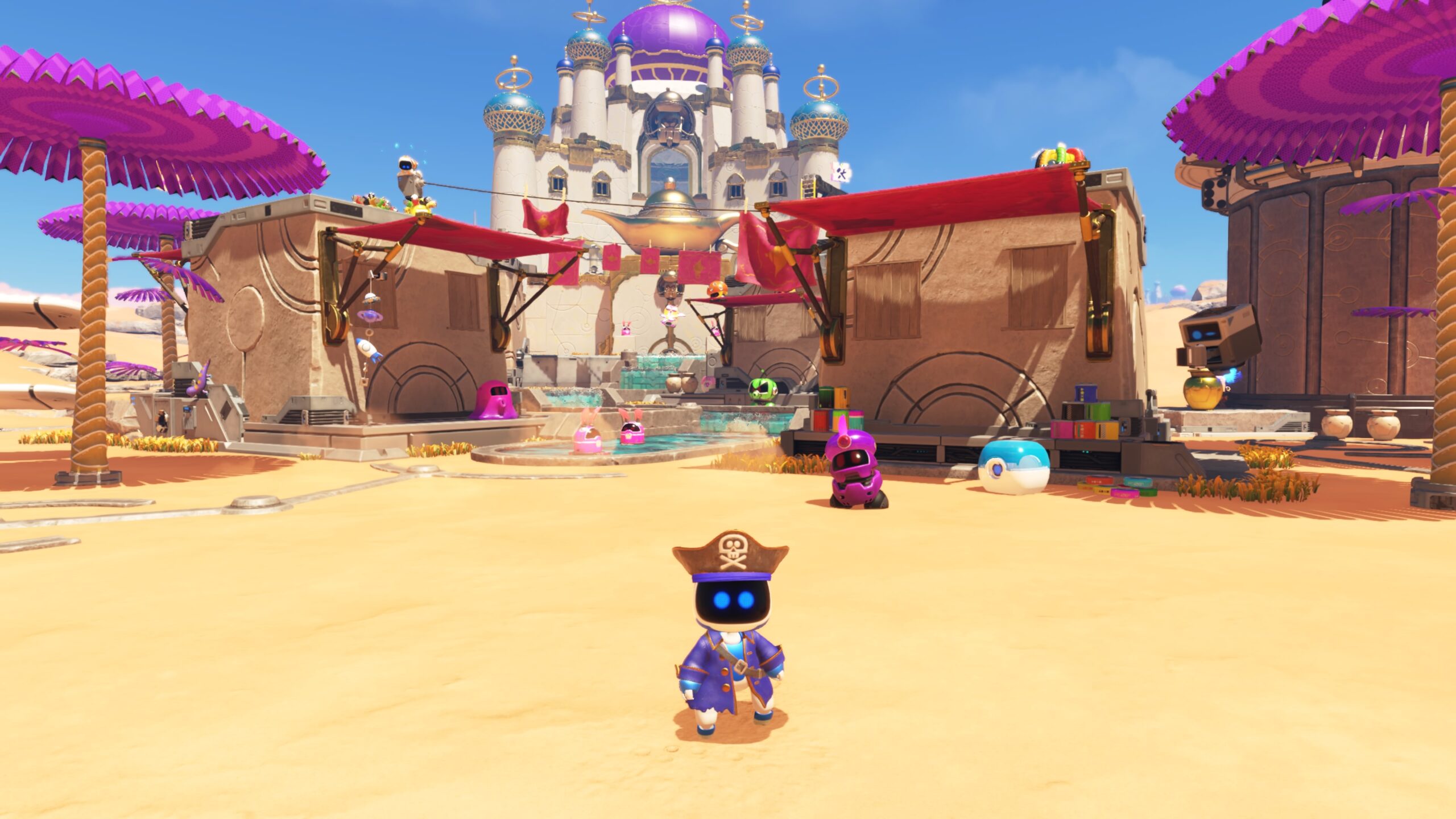
Astro Bot: Those Who Stop Rust!
So far, we have discussed various secondary aspects of Astro Bot, but we have yet to tackle a crucial element: gameplay. This is because, paradoxically, the gameplay is the least intriguing factor of the entire title and, in fact, it is the factor that best highlights the creative shortcomings of the whole experience. Don’t get us wrong: the game mechanics work, and for the most part, they work well; however, they do not bring anything new compared to what has already been seen in countless other platformers produced and distributed by the competition. In an attempt to stir things up, the developers have introduced some characteristic power-ups and puzzles that utilize the specific features of the DualSense controller. However, these inclusions are sporadic and situational, more temporary parentheses than actual game elements made available to users.
If these observations sound familiar, it’s because throughout the review we have had to reiterate that all of Astro Bot’s most marked qualities are utilized in such an inconsistent manner that it becomes frustrating. Whether it concerns the Pikmin-imitating gameplay mechanics, the management of music in level design, the power-ups, or the use of controller features. The impression arises frequently that the game has sacrificed these more innovative characteristics, typical of its tech demo heritage, in favour of a more generic and less compelling experience. At least regarding the aspect of gameplay in its purest sense.
Utilizing PlayStation 5 specific techniques may be a bit of a parlour trick, but it’s also that added value that has made the Astro saga unique and irreplaceable. However, smoothing out these peculiarities forces the product to contend in a highly competitive market, highlighting its shortcomings. In addition to uninspired gameplay mechanics, the total absence of options designed for the inclusivity of visually and hearing-impaired players stands out, not to mention the complete lack of any multiplayer mode. In this regard, Astro Bot would be the perfect game to share with family and friends, especially in local co-op; the fact that it limits itself to single-player only represents a huge missed opportunity, almost a mortal sin.
[Note updated on 09/05/2024: in the original text, we reported the “birth” of Astro in The Playroom VR, whereas the little robot had already appeared in AR Bots from The Playroom, released three years earlier.]
Astro Bot has been conceived with a clear dedication and passion, resulting from meticulous work that shines through every detail. Its palpable fan service nature is balanced with a refined touch and a sincere affection for the PlayStation world, demonstrating an in-depth understanding of the technical peculiarities of PlayStation 5. However, despite these qualities, the game shows a certain reluctance to dare and innovate. While it offers interesting and promising cues, it does not fully develop them, preferring to focus on an experience that, while pleasant and well-crafted, tends to remain on relatively safe and predictable tracks. This approach ultimately renders the gaming experience more focused on aesthetics and form rather than substance, robbing it of that creative spark that could have elevated the title to a higher level.


